STEM, Arts, and Humanities Programmes Targeted in Statewide Academic Cuts
Law Change Triggers Major Restructuring in Indiana Higher Education
Indiana’s public higher education system is undergoing a sweeping overhaul aimed at boosting efficiency and ensuring academic programmes are better aligned with workforce demands. On 30 June, the Indiana Commission for Higher Education announced that more than 400 academic programmes, representing roughly 20% of the state's total offerings, will either be eliminated or merged. This development closely follows the enactment of a new state law, effective 1 July, which imposes minimum graduate output thresholds for university and community college programmes.
In line with this new legislation, programmes that fail to meet prescribed graduation benchmarks, such as 10 graduates annually for associate degrees or 15 for bachelor’s degrees, face the risk of closure unless granted an exemption. While institutions are technically allowed to apply for such exemptions, officials noted that universities voluntarily proposed the elimination or consolidation of hundreds of programmes without making exemption requests. This suggests that internal factors, such as budgetary constraints or long-term academic planning, may also be at play.
The affected degree areas span a broad academic spectrum. Programmes in foreign languages, education, arts, English, business, economics, social sciences, and cultural studies have been especially impacted. Furthermore, reports confirm that STEM and medical fields have not been spared, with some programmes in biology, chemistry, computer science, engineering, mathematics, and health sciences slated for cuts. For instance, Indiana University Bloomington will be discontinuing its Ph.D. in astrophysics. Notably, over half of the affected programmes belong to the IU system, while Vincennes University was the only public institution that did not voluntarily submit any for review.
It is worth highlighting that this dramatic realignment reflects a broader trend observable in several conservative-led U.S. states, where legislatures are playing an increasingly hands-on role in shaping higher education. This includes efforts to revise curricula, challenge academic tenure, or reduce public funding. However, Indiana’s approach is distinctive in that many institutions preemptively made cuts without legislative pressure, indicating a complex interplay of political, fiscal, and institutional drivers. Indiana's restructuring of its higher education landscape underscores a growing push toward results-driven, workforce-aligned learning models, though not without raising concerns about academic diversity and access.
Editor’s Note:
Indiana’s decision to cut or merge over 400 academic programmes marks a turning point in how public education systems respond to workforce demands and policy shifts. While streamlining may sound practical, we must carefully consider what is being lost. Language studies, philosophy, the arts, and even some science and health-related fields are not just academic categories; they shape how we think, create, and contribute to society. Reducing them may make education more efficient, but it also risks narrowing the purpose of universities to job training alone. At the same time, it’s concerning to see such major changes happening so quickly and with little public discussion. Education is not something that should be changed overnight; it’s a long-term investment in people and knowledge. Focusing only on how many students graduate from a program should not come at the cost of encouraging different ways of thinking, learning about culture, and developing critical thinking skills.
Skoobuzz suggests that in reshaping higher education, numbers may guide efficiency, but they should never eclipse education’s deeper role: shaping thoughtful, informed citizens equipped for a complex world.







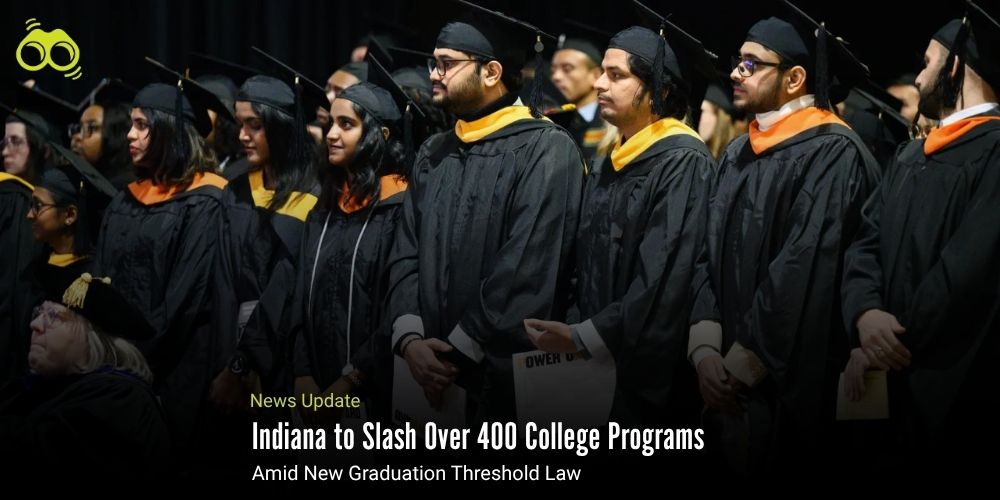
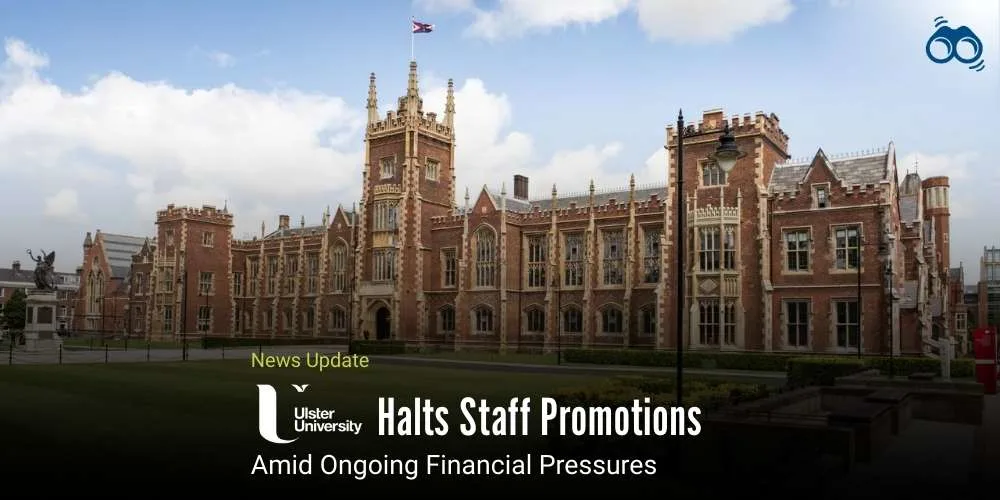
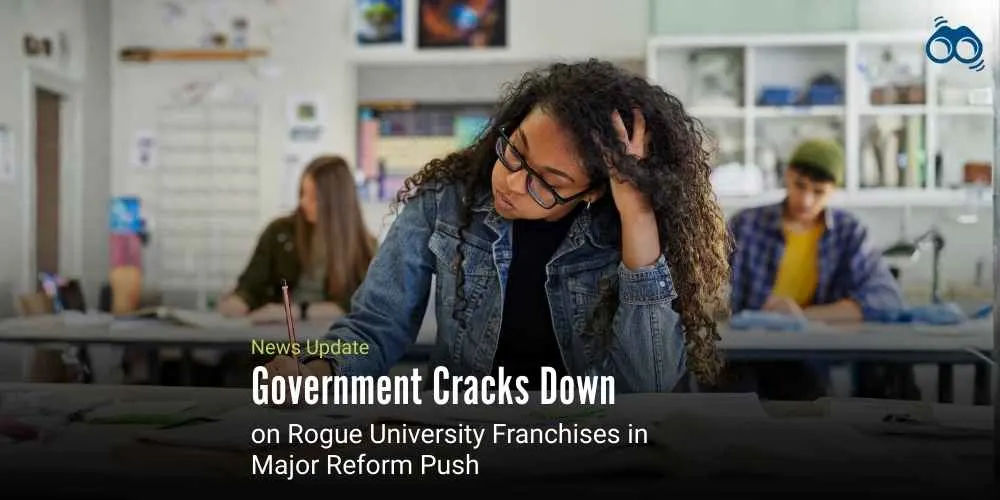
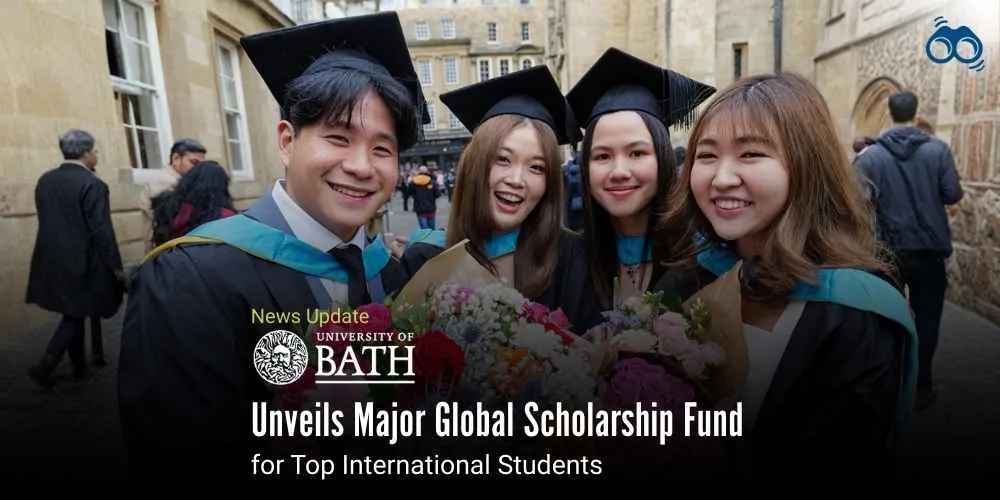
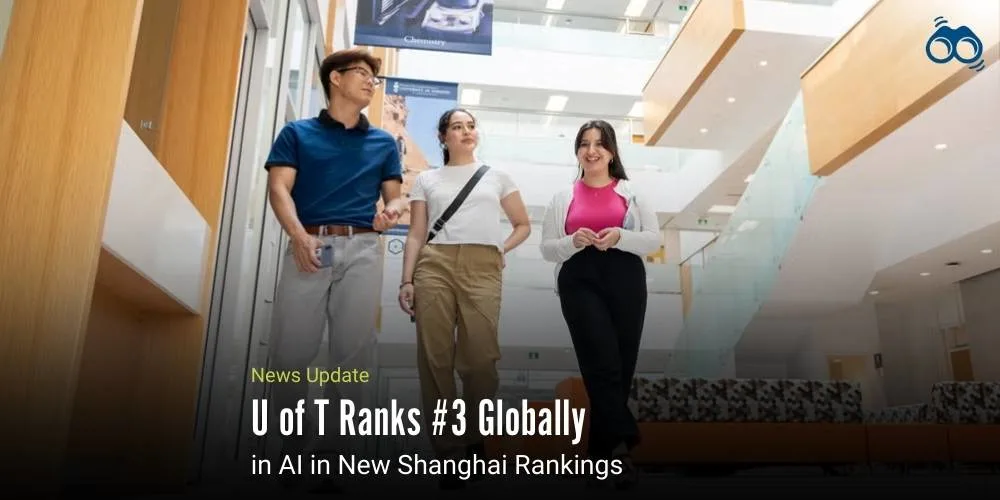


0 Comments (Please Login To Continue)